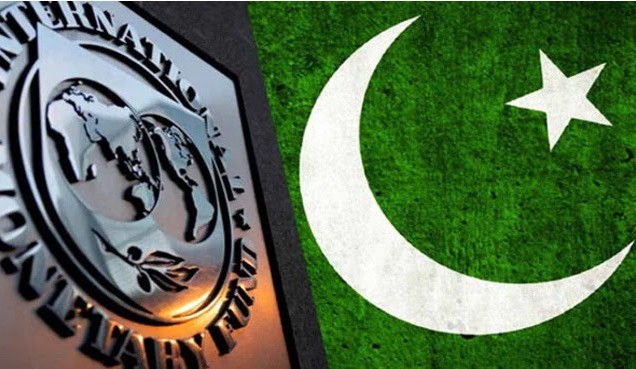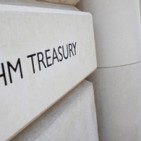The International Monetary Fund (IMF) bailout programs have played a significant role in stabilizing Pakistan’s economy during periods of financial distress. These programs provide financial assistance to prevent an imminent balance of payments crisis and promote economic reforms. However, they come with stringent conditions that require Pakistan to implement significant economic reforms to address underlying structural issues.
Pakistan has sought IMF bailouts multiple times, the most recent being a $3 billion Stand-By Arrangement in 2023. This followed years of economic challenges, including high inflation, rising debt, a widening current account deficit, and a depleting foreign exchange reserve. The bailout was crucial for Pakistan to meet its international debt obligations and stabilize its economy.
The IMF’s conditions often include fiscal austerity measures, such as reducing budget deficits, increasing tax revenues, and cutting subsidies. In the case of Pakistan, these conditions have led to reforms such as increasing electricity tariffs, implementing new taxation measures, and reducing government expenditures. The IMF also pushes for structural reforms aimed at improving governance, enhancing transparency, and strengthening institutions. For instance, reforms in Pakistan’s energy sector, a long-standing economic bottleneck, have been a key focus.
While the IMF bailouts provide temporary relief, they are controversial. Critics argue that the strict conditions, particularly fiscal austerity, tend to hurt the poor by reducing social spending and causing inflationary pressure. However, proponents believe these reforms are necessary to correct macroeconomic imbalances and place Pakistan on a path of sustainable economic growth.
In conclusion, while IMF bailouts offer critical support to Pakistan in times of economic crisis, the associated reforms present both challenges and opportunities. Long-term stability requires Pakistan to undertake deeper structural reforms beyond IMF mandates, focusing on self-sufficiency and sustainable economic practices.



















